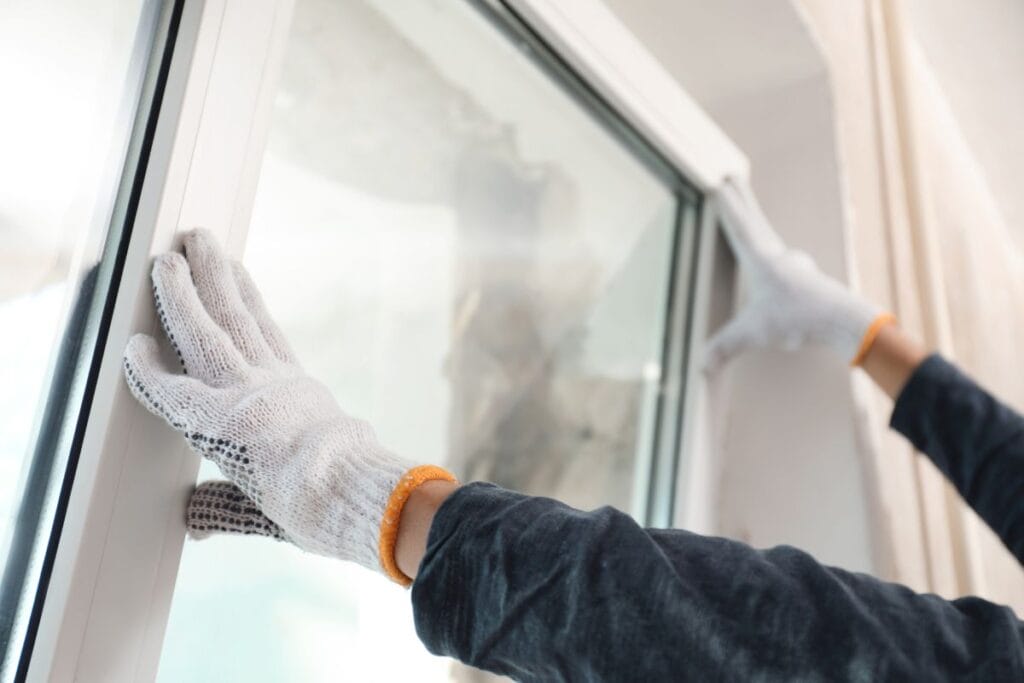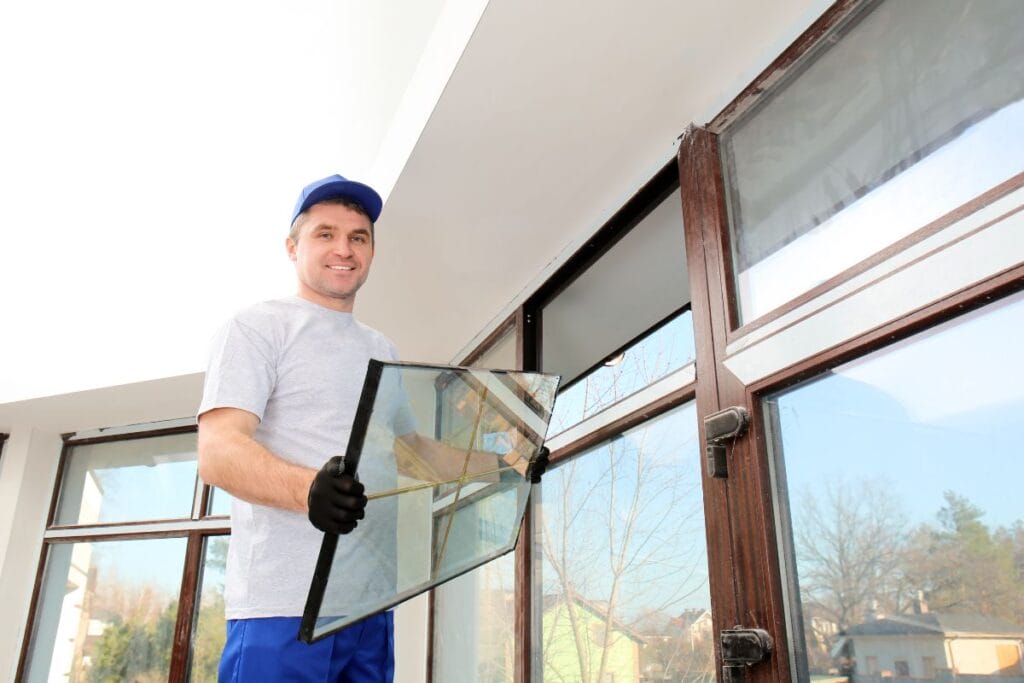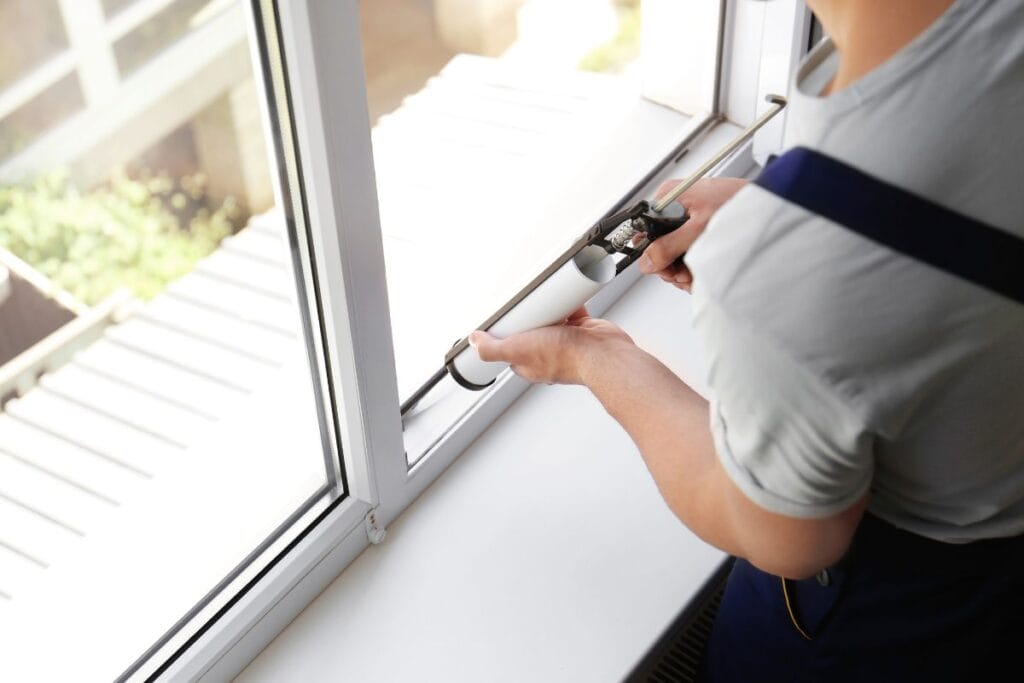Are you tired of high energy bills and drafty rooms? If yes, then you are in the right place. Our comprehensive guide on window replacement is here to help.
In this article, we will delve into the importance of energy efficient windows and the various types of glass available to help you make an informed decision. Whether you are looking to upgrade your current windows according to the latest trends, or are in the process of building a new home, this guide will provide you insights on how to maximize energy efficiency and save money in the long run.
We will also discuss the process of window glass replacement, offering tips and advice to ensure a smooth and successful installation. So, get ready to enjoy a more comfortable and energy efficient home with our window glass replacement guide.
The Rise Of Energy Efficient Windows
With rising energy costs and increased environmental awareness, energy efficient windows have become a top priority for homeowners. These types of windows are designed to minimize heat transfer, keeping your home cooler in the summer, and warmer in the winter.
By reducing the amount of energy needed to keep your home at a desirable temperature, you can significantly lower your utility bills and reduce your carbon footprint. In a later section, we will explore the different types of energy efficient glass available, including double pane windows, low-E coatings, and gas fills.
The Importance of Energy Efficient Windows

Energy efficient windows are a pivotal aspect of modern homes, offering substantial advantages in terms of energy conservation and reduced utility costs.
Enhanced Thermal Insulation
A primary benefit of energy efficient windows lies in their exceptional thermal insulation properties. Unlike traditional windows, these innovative designs incorporate multiple glass layers, and low-E coatings. These features act as formidable barriers, preventing heat transfer and maintaining a stable indoor temperature.
Minimized Heat Transfer and Air Leakage
Energy efficient windows excel in minimizing heat transfer and air leakage. Through their specialized construction, these windows effectively block external temperatures from infiltrating indoor spaces. By creating a sealed barrier, they prevent the escape of conditioned air and the intrusion of external heat or cold. This meticulous insulation not only optimizes energy efficiency but also ensures a consistent indoor climate, eliminating discomfort caused by drafts or temperature fluctuations.
Reduction in Utility Costs
Investing in energy efficient windows translates into tangible financial benefits for homeowners. By significantly reducing the reliance on heating and cooling systems, these windows lead to substantial cuts in utility bills. The initial investment in energy efficient windows pays off over time as homeowners experience consistent, long term savings. The lowered utility costs provide economic relief, making these windows a wise and practical choice for budget conscious individuals.
Contribution to Environmental Sustainability
Beyond personal savings, the adoption of energy efficient windows has a broader impact on the environment. By decreasing energy consumption, these windows help lower carbon emissions, mitigating the ecological footprint of households. As more individuals embrace energy efficient practices, the collective contribution to environmental sustainability becomes substantial. This conscientious choice plays a vital role in fostering a greener future, aligning with global efforts to combat climate change.
Types of Energy Efficient Glass
Enhancing the energy efficiency of windows is achievable through the use of various types of energy efficient glass. These glass innovations serve as instrumental components in creating more sustainable and comfortable living and working spaces.
Low-E Glass
Low-E glass stands out as a prominent choice for optimizing window energy efficiency. It features a microscopically thin layer that reflects UV rays. This layer’s primary function is to keep heat away from the interior space. By effectively deflecting heat, low-emissivity glass contributes to maintaining cooler indoor temperatures during summer and warmer ones during winter. This temperature control significantly reduces the need for heating or cooling, leading to substantial energy savings and enhanced comfort.
Double Glazing (Insulated Glass)
Another pivotal option in the realm of energy efficient glass is double glazing, also known as insulated glass. This technology involves two glass panes separated by a layer of air or gas. This intermediate layer of air or gas serves as an insulator, drastically reducing heat transfer through the window. The result is a more stable indoor temperature, reducing the reliance on heating or cooling systems. Additionally, double glazing has the added benefit of diminishing exterior noise intrusion, making it an appealing choice, especially in noisy urban environments.
The Process of Window Glass Replacement
Replacing your old windows with new, high performance glass can greatly improve the comfort and sustainability of your living or working space. The process of window glass replacement involves several steps to ensure a seamless and efficient installation.
Assess The Current Condition Of Your Windows
First, you need to look at your current windows and determine if they need to be completely replaced or if only the glass needs to be replaced. If the frames are in good condition, you can opt for glass replacement only, which may be more cost effective. However, if the frames are old or damaged, it is recommended to replace the entire window for better energy efficiency.
Accurate Measurements are Key
Measure the width, height, and depth of the window frame precisely. These measurements are crucial to ensure the new glass fits perfectly, preventing any potential issues like air or water leakage. Accuracy in measurements is paramount for a seamless installation process.
Once you have the measurements, you can then proceed to order the replacement glass.
Remove the Old Glass

Carefully remove the old glass from the window frame. This step requires precision and caution to avoid damaging the frame. If there is any old putty or sealant, it needs to be scraped off completely. Inspect the frame for any signs of damage or rot. If the frame is compromised, it might need to be repaired or replaced.
Install the New Glass
Place the new glass into the frame, ensuring it fits perfectly based on the measurements taken earlier. Use appropriate materials to secure the glass in place, such as sealant and glazing points. Again, precision is key to preventing any gaps or misalignments that could lead to energy inefficiency or water leakage.
Make sure to choose high quality, energy efficient glass that is suitable for your climate and specific needs.
Seal and Insulate The Frame

Proper sealing and insulation are crucial to the efficiency of your new windows. Apply a high quality weatherproof sealant around the edges of the glass to prevent air and water infiltration.
Clean Up and Final Inspection
Once the installation is completed and the window is functioning correctly, clean up the work area. Properly dispose of the old glass and any debris from the installation process. Conduct a final inspection to ensure everything is in order and meets your satisfaction.
Tip: Hire a skilled and experienced window installer for the replacement process. Professionals will expertly remove the old glass, meticulously clean the frame, and install the new glass with precision.
Tips for Maintaining Energy Efficiency
To ensure your new windows maintain their energy efficiency, follow these tips:
Regular Inspections: Regularly check for window damage like cracks or gaps to prevent energy loss, addressing issues promptly through window glass replacement.
Proper Insulation Measures: Add weatherstripping, caulking, and window coverings like blinds or curtains to prevent drafts and block heat, reducing your reliance on heating and cooling systems.
Invest in Window Coverings: Use blinds, curtains, or films to block heat in summer and retain warmth in winter, significantly contributing to energy efficiency.
Prioritize Maintenance: Small tasks and timely window glass replacements enhance energy efficiency, leading to reduced energy consumption and lower utility bills for a comfortable, eco-friendly space.
Also Read: 8 Top Rated Window Installation Companies in Tampa: Reviews & Ratings
We Offer Window Replacement Services In Tampa
Though you can replace windows yourself, it is advisable to hire a professional window installer to replace your window glass. This is because the process is intricate and requires expertise.
If you are looking for a professional window installation company in Tampa, look no further than the team at SouthShore Roofing & Exteriors. We have years of experience installing windows manufactured by premium brands. Contact us today at (813) 400-3329.
Frequently Asked Questions
A. The cost for window glass replacement varies depending on factors such as the size, type of glass, extent of the glass, and location. On average, homeowners can expect to pay around $70 to $300 per window.
A. Yes, window glass replacement can help reduce noise pollution. It provides better insulation against sound, minimizing the amount of noise that enters your home and creating a quieter and more peaceful environment.
A. There are often government incentives or rebates available for upgrading to energy efficient windows. These programs aim to promote energy conservation and can help offset the cost of window replacement. Research what is available in your area or contact a local window installer for specific information.
A. Signs that indicate it’s time to replace window glass include drafts, condensation between panes, cracked or broken glass, increased outside noise, and difficulty opening or closing windows.




